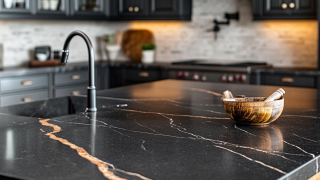Top 5 Global Certifications for Kitchen Cabinet Door Styles You Must Know
In the ever-evolving world of interior design, the kitchen remains a focal point for homeowners and designers alike. With the kitchen cabinet door styles significantly influencing the overall aesthetics and functionality of the space, understanding the latest trends and options available is essential. According to a recent report by the National Kitchen and Bath Association (NKBA), over 70% of homeowners prioritize cabinetry design when remodeling their kitchens, showcasing just how pivotal these elements are in enhancing both visual appeal and property value.
As the demand rises for customized and innovative design solutions, industry experts predict that the global cabinet market will reach $400 billion by 2025, underscoring the importance of kitchen cabinet door styles in not just personal residences but also in investment opportunities. From sleek modern finishes to rustic traditional designs, exploring the top five global certifications for kitchen cabinet door styles can empower homeowners and professionals alike to make informed decisions. In this blog, we will delve into the essential certifications that signify quality, sustainability, and craftsmanship in this crucial area of home design.
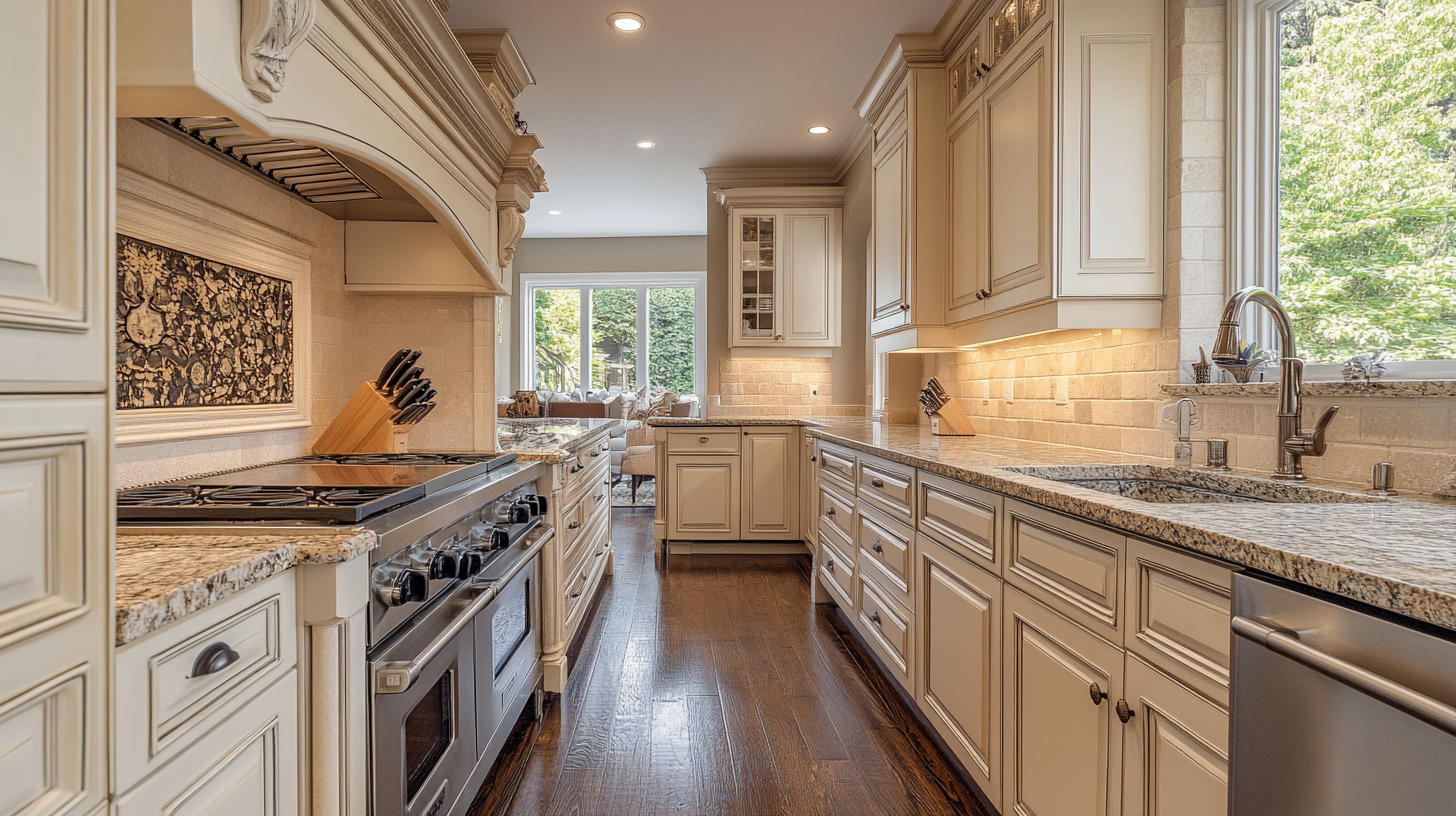
Understanding the Importance of Kitchen Cabinet Door Styles in Design
Kitchen cabinet door styles play a pivotal role in defining the aesthetic and functional qualities of a kitchen design. They serve not only as the visual focal point of the space but also influence the overall atmosphere and usability of the kitchen. The design of cabinet doors can complement various styles, from contemporary and minimalist to rustic and traditional, which makes selecting the right style essential for achieving a cohesive look. With the right cabinet door design, homeowners can create a kitchen that feels inviting and expertly crafted. Moreover, the choice of kitchen cabinet door styles can impact the perceived size and openness of the kitchen. For instance, flat-panel doors contribute to a sleek and modern feel, often making smaller kitchens appear more spacious. On the other hand, raised-panel doors add depth and detail, providing a more traditional look that can enhance the character of larger spaces. The materials and finishes used in cabinet door design are equally important, as they can reflect personal taste and influence the longevity of the cabinetry. Understanding these nuances of kitchen cabinet door styles not only helps in making informed design decisions but also enhances the kitchen's functionality. Each style has unique characteristics that cater to specific needs, such as accessibility and ease of cleaning. Thus, a thoughtful approach to selecting cabinet doors can transform an ordinary kitchen into a stylish and practical culinary hub, making it a space where design meets functionality seamlessly.
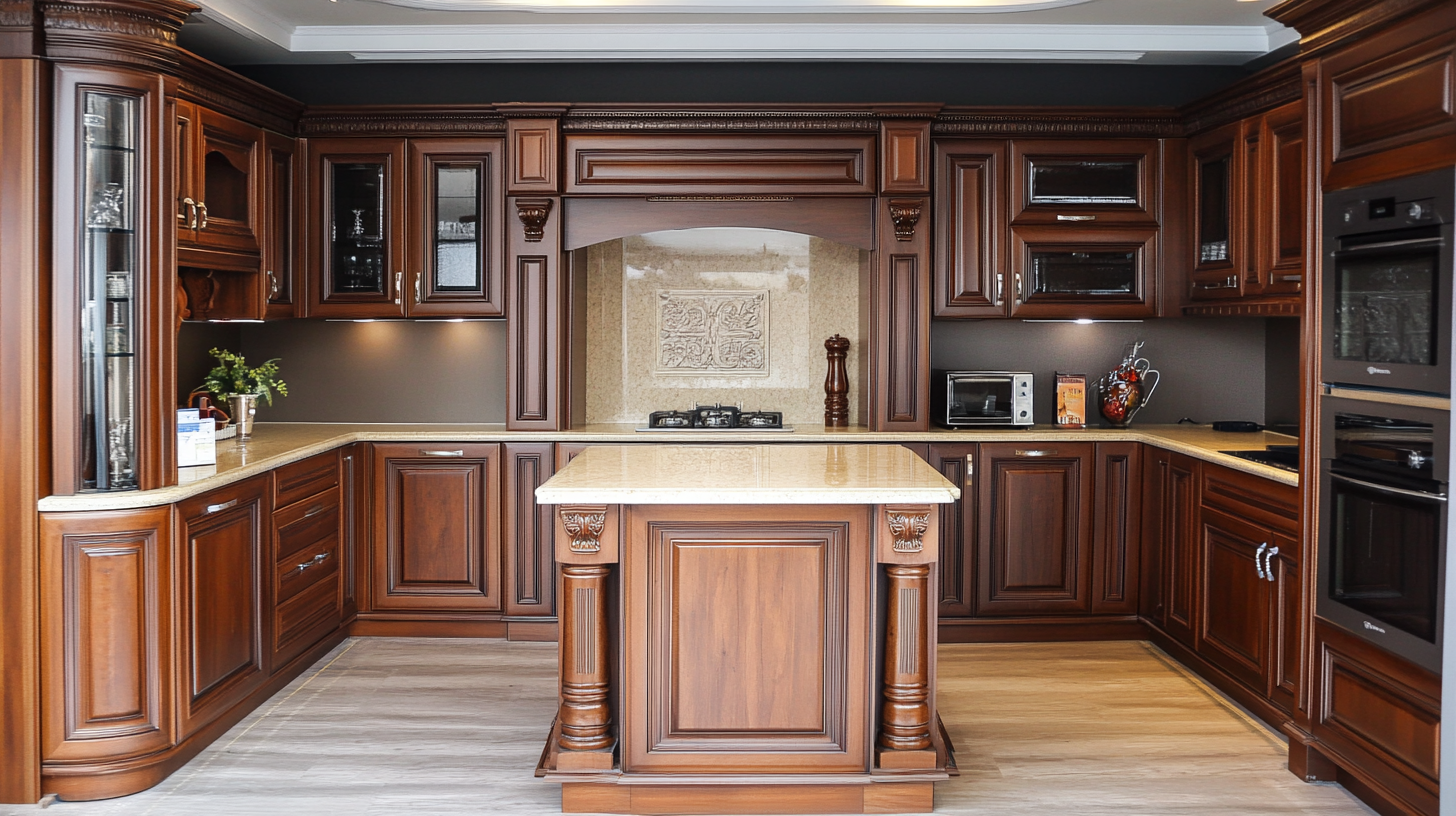
The Top Certifications for Kitchen Cabinet Door Styles Explained
When it comes to selecting kitchen cabinet door styles, understanding the top global certifications can greatly impact your choices. These certifications not only ensure high-quality materials and craftsmanship but also provide peace of mind regarding safety and sustainability standards. In this blog, we delve into the most recognized certifications that every homeowner and designer should be aware of.
One of the most crucial certifications for kitchen cabinet doors is the ANSI (American National Standards Institute) certification. This signifies that a product meets specific safety and performance standards, ensuring durability and functionality. Kitchen cabinets that bear the ANSI label are tested for their ability to withstand wear and tear, making them a reliable choice for busy kitchens.
Another essential certification is the FSC (Forest Stewardship Council) label. This certification guarantees that the wood used in the cabinets is sourced from responsibly managed forests that provide environmental, social, and economic benefits. Choosing FSC-certified kitchen cabinets not only supports sustainable practices but also helps reduce the ecological footprint.
Additionally, the CARB (California Air Resources Board) compliance is significant, especially for indoor air quality. This certification ensures that cabinet doors meet stringent formaldehyde emission standards, which is crucial for maintaining a healthy home environment. When shopping for kitchen cabinets, look for products with CARB certification to ensure low chemical emissions and a safer living space.
By familiarizing yourself with these certifications, you can make informed decisions that enhance both the aesthetics and functionality of your kitchen. Quality certifications assure that your investment will stand the test of time while contributing to a safer, more sustainable home.
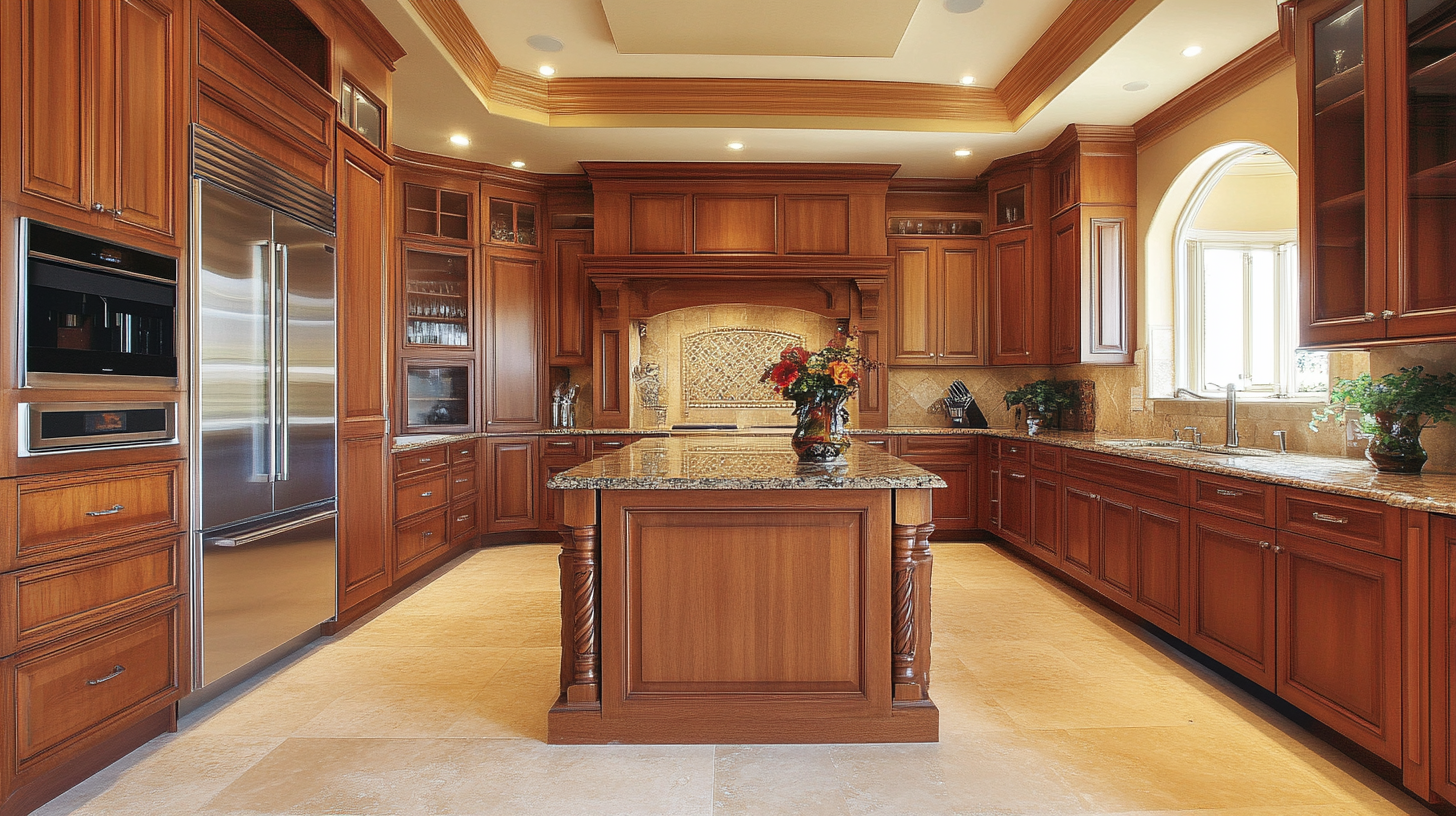
Key Features to Look for in Certified Kitchen Cabinet Door Styles
When considering kitchen renovation, choosing the right cabinet door styles is essential. Certified kitchen cabinet doors not only elevate the aesthetic of your space but also ensure durability and quality. Key features to look for in certified styles include material quality, finish resistance, and environmental certifications. For instance, the use of Medium Density Fiberboard (MDF) is recommended for its smooth surface and resistance to warping, making it an ideal choice for high-humidity areas like kitchens.
Moreover, many manufacturers are now focusing on eco-friendly materials that carry certifications such as the Forest Stewardship Council (FSC). According to a recent report from the Cabinet Makers Association, green-certified cabinets can enhance the overall home value by up to 6% due to their sustainable appeal. Additionally, finishes should carry certifications for low volatile organic compounds (VOCs) to improve indoor air quality, aligning with the increasing consumer demand for healthier living environments.
In parallel, innovative design aspects like concealed pantry doors are gaining popularity for those seeking to blend functionality with style. Experts have noted that wisely designed pantry doors can successfully hide kitchen clutter while maintaining a seamless aesthetic. With the rise in interior design publications that showcase practical yet stylish storage solutions, updating your kitchen with certified cabinet door styles and clever door designs is more relevant than ever. This holistic approach not only redefines kitchen spaces but also enhances the homeowner's experience, promoting both beauty and functionality.
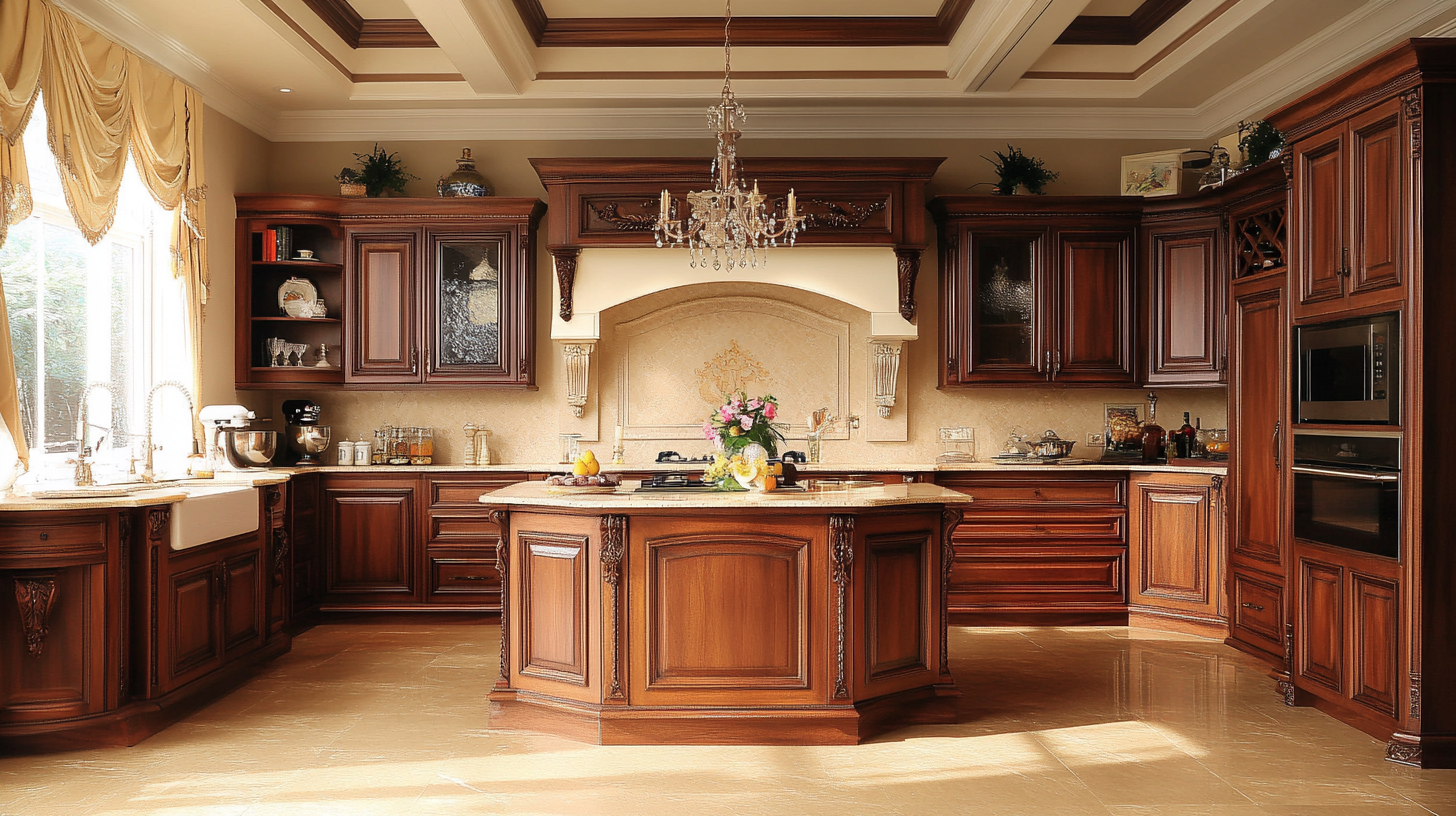
Comparing Global Standards for Kitchen Cabinet Quality and Aesthetics
When it comes to designing beautiful and functional kitchen spaces, the choice of cabinet door styles plays a pivotal role. However, understanding the global standards that dictate the quality and aesthetics of kitchen cabinets is equally important for homeowners and designers alike. Various organizations have set benchmarks that ensure kitchen cabinets not only meet aesthetic expectations but also stand the test of time in functionality and safety.
One key aspect of global certification standards is the emphasis on materials used in cabinet doors. For instance, certifications like GREENGUARD and CARB focus on ensuring that materials are free from harmful chemicals, promoting healthier indoor environments. This is particularly crucial in kitchen spaces where cooking emissions can compound pollutants. The quality of craftsmanship is another area where standards vary. Certifications such as the ANSI/KCMA A161.1 provide guidelines on durability and structural integrity, ensuring that the cabinets can withstand daily wear and tear without compromising on style.
Aesthetics in kitchen cabinet doors are not just about color and finish; they also encompass the design elements that align with current trends while respecting timeless styles. Organizations like the American National Standards Institute (ANSI) set forth comprehensive guidelines that include aspects of design suitability and visual impact. By adhering to these global standards, manufacturers can ensure that their products resonate with current tastes while offering lasting value and appeal to consumers. This connection between certification and design excellence is what makes understanding these standards essential for anyone looking to create a stunning and functional kitchen environment.
How Certification Influences Consumer Choices in Kitchen Design
In the world of kitchen design, certifications play a crucial role in shaping consumer preferences. As homeowners increasingly seek quality and sustainability in their renovations, understanding the various certifications available for kitchen cabinet door styles becomes essential. These certifications not only signify adherence to industry standards but also reflect a commitment to eco-friendly practices and durability, which are pivotal factors for modern consumers.
For instance, certifications such as CARB (California Air Resources Board) ensure that cabinets are made from materials that emit low levels of formaldehyde, promoting healthier indoor air quality. Likewise, certifications like FSC (Forest Stewardship Council) guarantee that the wood used in cabinet doors is sourced sustainably. This awareness empowers consumers, enabling them to make informed choices that align with their values and environmental concerns.
Recent developments in the kitchen design market have further spotlighted the importance of certified suppliers. The announcement of the "Best Fitted Kitchens Suppliers in the UK 2025" has provided homeowners with a curated list of trusted brands. These suppliers not only offer stylish door designs but also uphold recognized certifications, reinforcing consumer confidence. As homeowners look to invest in their kitchens, the combination of style, quality, and certification will significantly influence their decisions, ensuring they create spaces that are both aesthetically pleasing and sustainably responsible.


Fall into Function: How LaFata Cabinets Prepares Your Kitchen for the Cozy Season


Back-to-School Kitchen Refresh: How LaFata Cabinets Can Help You Stay Organized This Fall



